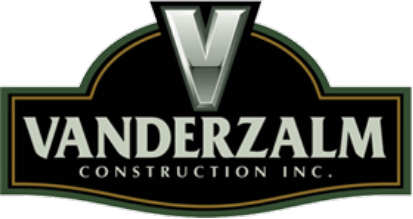Hidden Rooms … Don’t you love when Hollywood brings you a great idea?
If you have ever watched the original Scooby-Doo cartoons, you know that with most mysteries there was a hidden room or passageway to be discovered. The doors either swung open, revolved or slid to the side. Some were even on the floor and led down a staircase to an unexpected basement or tunnel. They were awesome! In real life, documentaries on old castles and monuments often show secret passages and rooms hidden by disguised doors. Maybe you haven’t watched any of those shows, but imagine a hidden room in your own home – one that only you know how to enter. Do we have your attention? The hidden room is not just a thing of the past; it seems to be making a comeback. New versions of these hidden rooms in modern-day houses have been designed to include panic/safe rooms, wine cellars, bedrooms, man caves, powder rooms, storage and even the pantry. Using a disguised door is just an intriguing way of guaranteeing some much-desired seclusion/privacy, strategic utilization of a doorway, and/or well-needed security. While there are certainly function-based reasons to disguise a door, it’s hard to overlook the obvious draw – it’s an awesome childhood fantasy come true. Out of necessity, it’s become a decorative trick to create symmetry and maximize wall storage space in one room, while still allowing access to another. Offices, powder rooms, libraries, kitchens, and family rooms are great places to take advantage of this structural element. Many houses have existing doors in the least ideal locations and a stylish concealed door can provide an answer to many decorating challenges for both sides.
Imagine being able to create a wall unit, bookshelf or pantry shelf/cabinet in the space of an existing doorway, without losing the door access. The shelving/cabinetry appears seamless across the wall and it’s efficient for use. It adds so much more to your space, providing a “WOW” factor and becoming a conversation starter when you share the secret access with your guests. Whether it’s part of a safe/panic room, leading to your private home office, or concealing a hidden wine room or stealth powder room, it will definitely leave your guests in awe. A hidden door can also be a creative way to disguise a less desirable location, such as a laundry room, making it virtually invisble to you and your guests. You may even want to wall off part of a larger room and create an actual hidden room closed off by a disguised door. Can you imagine your children’s enthusiasm for a hidden door to a secret playroom? Let’s face it, hiding the mess of toys that have not been put away is likely an even bigger fantasy of most parents.
A hidden room usually starts with a disguised door. These doors can be concealed with millwork, stone, brick, a grand mirror or art that diguises their existence. But doors that are worthy of mystery are created with cabinetry or bookshelves. The benefit of using a thicker door is that it also helps to muffle sound, making it perfect for a main floor powder room or bathroom. With so many options available on the internet and showcased on home improvement shows, hidden doors are increasingly becoming a popular trend.
If you are planning on renovating in the Niagara Region, contact Vanderzalm Construction Inc at (905)562-4463 or (905)684-5823. We are experts in the field and would love to talk to you about recreating your dream home.
